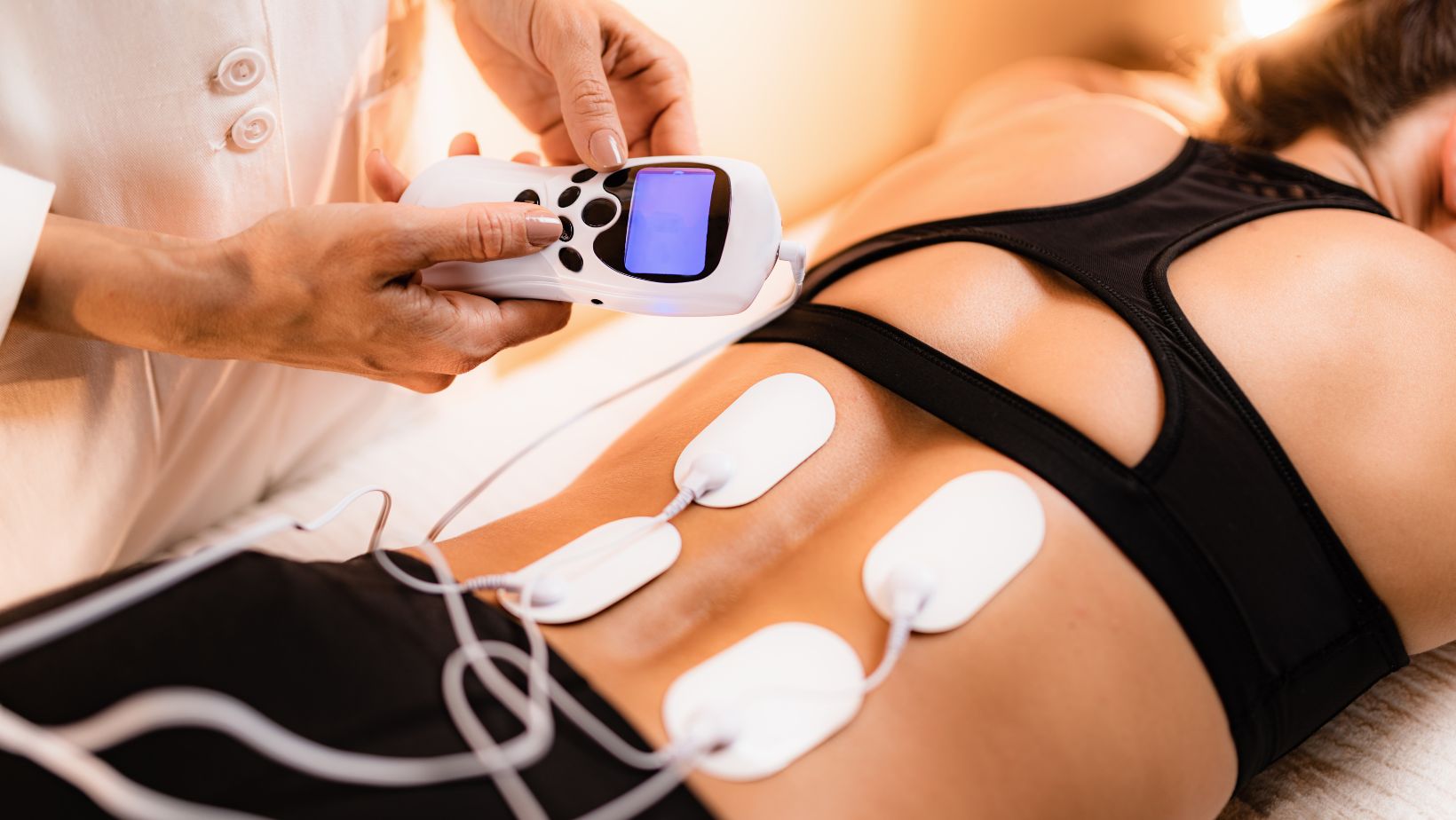Living with chronic pain is frustrating and debilitating. Being in constant pain disrupts your daily life, disrupts sleep, and makes normal chores feel like literal pain. Conventional medicine has been around long enough to alleviate the pain in many sufferers. However, constantly relying on medicine and OTC pain relievers can have long-term health consequences. This is why many people are exploring natural, non-invasive, and alternative solutions to managing pain.
What is Alternative Therapy?
Also called complementary and integrative medicine (CIM), alternative therapy covers a wide range of practices that aim to promote health and wellbeing outside conventional or traditional Western medicine. It usually focuses on a holistic approach, addressing not just the physical symptoms but also the mental and emotional aspects of pain.
There are many reasons why some people are drawn towards alternative therapies. Some of them prefer a more natural and non-invasive approach to pain management and health while others find that conventional treatments do not provide adequate relief. More importantly, many people are exploring alternative therapy because it has fewer side effects compared to conventional medicine.
Exploring Natural Pain Relief Alternatives
The world of alternative therapy is very big, with many of these nontraditional forms of medicine existing for thousands of years. Acupuncture, for example, was first practiced in China around 3,000 years ago, and Ayurveda has been around since the 2nd century B.C.
Alternative forms of therapy for pain differ from each other, and there are a variety of options to suit different needs and preferences.
Here are popular natural and non-invasive alternative therapies that can help manage pain.
Mind-Body Therapy
Mind-body therapy is a group of practices that explores the connection of the mind and body for healing. Practices like meditation, yoga, and tai chi are good examples of mind-body therapies because they can help you develop awareness of your body’s sensations and emotions. These techniques promote relaxation and reduce stress, allowing you to respond to pain in a healthier way.
Acupuncture
Acupuncture an ancient technique that involves inserting thin needles in specific points of the body to stimulate energy flow and promote healing.

It is commonly used as an alternative therapy for chronic pain, headaches, and osteoarthritis.
Massage Therapy
Getting a massage is one of the best ways to unwind and decompress. It also helps to ease muscle tension and stiffness, which contributes to pain. Different massage styles, such as deep tissue or trigger point therapy, can be applied to different parts of the body to address pain.
Heat and Cold Therapy
Heat and cold therapy is one of the easiest and most affordable ways to manage pain at home. Heat therapy is most effective for helping to relax muscles and improve blood circulation. Cold therapy on the other hand is best for inflammation and swelling.
TENS Machine Therapy
This non-invasive alternative therapy uses a TENS machine to naturally relieve pain. It uses electrical pulses to block pain signals from the nerves to the brain to relieve lower back pain, period and ovulation pain, and to help with muscle recovery after a workout.

TENS machine therapy is very popular because it is convenient. Many of these devices are portable and discrete. Using it could also allow sufferers to reduce their intake of pain medicine and avoid potential health issues in the future.
Finding the Right Approach
Finding the right approach to manage pain efficiently could take time with so many options available. It is important to find an option that aligns with your needs and preferences. Before embarking on an alternative therapy journey, it is important to consult your personal physician. Discuss your interest in alternative therapies with your healthcare provider to ensure they know about your overall health and treatment plan.
Second, do your research. Learn about different forms of alternative therapies and their pros and cons. Keep in mind that all therapies have potential benefits and risks.
Next, start slow. You don’t need to try all of them at once. Start with one or two therapies and see how you respond. Give them time to work so that you can understand how they affect your body. Do this first before starting or adding a new form of alternative therapy.
Final Thoughts
Alternative therapies should complement, and not replace conventional medicine. Always remember to maintain open communication with your doctor and keep them informed about any therapies you choose to try.





